Samsung washing machine does not fill with water
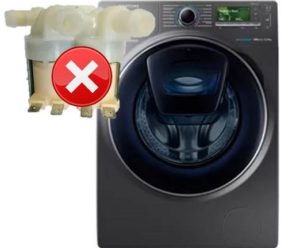 One day, after starting the wash, the housewife may notice that the Samsung washing machine does not fill with water. Such a “symptom” can indicate both minor, short-term failures and serious problems. Let's figure out what could have happened and where to start diagnosing the machine.
One day, after starting the wash, the housewife may notice that the Samsung washing machine does not fill with water. Such a “symptom” can indicate both minor, short-term failures and serious problems. Let's figure out what could have happened and where to start diagnosing the machine.
What could have happened?
So, when deciding to deal with the problem yourself, first of all it’s worth understanding what causes the washer’s reluctance to take in water. This could be either a simple bend in the inlet hose or damage to the “brain” of the washing machine – the control board. There are several typical reasons, let’s look at the main ones.
- Intake valve defect. The fact that something is wrong with the element can be noticed even before the machine fails. At the initial stage, the powder from the cuvette will not be completely washed out - this is an alarming “sign” of valve damage. To check its performance, apply 220 Volts to the solenoid valve. If the element closes (this will be indicated by a characteristic click), then everything is working. It is important to check two valves. If both elements do not respond to the applied voltage, the valves must be replaced.
- Clogged inlet mesh. Often water does not fill in precisely because the filter mesh is clogged. In this case, the machine takes a very long time to draw water into the system and makes a characteristic hum.
- The coarse filter is clogged. Cleaning the filter element will help eliminate the problem.

- Failure of the pressure switch that controls the water level in the system. Checking the sensor for functionality is quite simple. It is necessary to disconnect the pressure switch tube and blow into the wire.You should hear one or two clicks. If the element is “silent”, you will have to replace the level sensor. Fabric fibers may get stuck in the pressure switch wire; if the machine is not used for a long time, its cavity may become covered with cobwebs. In such cases, “purging” will return the sensor to functionality.
- Control module problems. On the control board, as a rule, resistors burn out. If this is really the reason, then you can not completely change the unit, but repair the board by installing new resistors. Such repairs are quite complex, and it is better to entrust them to an experienced technician.
- Damage to the hose leading from the water level sensor to the SMA tank. Over time, it loses its tightness and begins to let air through.
- Door not closing tightly. One of the banal problems that is not a breakdown. If the hatch is not blocked by the system, the “brain” of the washing machine does not give the command to start drawing water.
- Pump failure. The water supply to the automatic machine may not start due to a burnt-out drain pump. Replacing the pump will help resolve the problem. You can try to repair the pump, but it is advisable to entrust such work to a specialist.
If your Samsung washing machine is equipped with a display, it will display an error code corresponding to the failure.
When you see a malfunction symbol on the screen, refer to the user manual. By deciphering the error, you can narrow the range of possible damage to a minimum.
We make a decision
If water does not fill into a washing machine that has just been purchased and installed, you should not try to repair it yourself. It’s better not to bother with the machine at all, but to contact a service center for full warranty diagnostics and repairs.
In the case where the automatic machine has been doing its job properly for several years, and suddenly stops drawing water, you will have to figure it out yourself (if you don’t want to overpay the technician). First, make sure that there is water in the water supply; perhaps its supply in the house is simply turned off. Then check to see if the shut-off valve is open. Then the inlet hose is inspected. If, when checking the external elements of the SMA, no defects were identified, you will have to remove the cover and work with the internal parts of the unit.
Where to begin?
If you decide to deal with the problem yourself, you should turn off the power to the machine and be sure to turn off the water supply valve. These are important safety requirements that should not be ignored. If the SMA does not start drawing water, and the device buzzes, you should:
- make sure that the shut-off valve is open; if so, be sure to turn off the tap before starting work;
- disconnect the inlet hose from the washing machine and drain the remaining water from it;
- make sure that there are no defects on the hose and that it is not kinked.
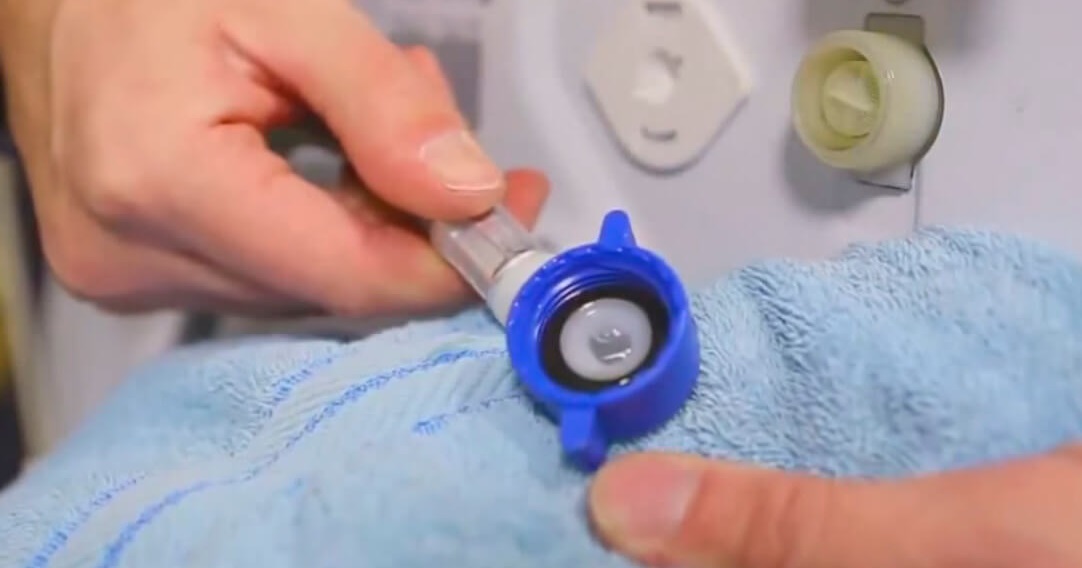
These measures should be taken first when it is discovered that there is no water supply. If you understand that everything looks fine on the outside and nothing interferes with the machine’s operation, you will have to check the mesh filter. The filter surface is located in the inlet hose. The mesh often gets clogged, to inspect it you need to:
- unscrew the inlet hose from the washing machine body;
- inspect the valve system, this is where the mesh is inserted. The filter has a special indentation; you should grab it with pliers and pull the filter surface out;
- clean the mesh, rinse under running water;
- install the filter back using pliers.
Next you should check the coarse filter.It is usually installed after the tap. To inspect this grid, you will need a pair of keys. One should hold the connection point with the valve, the second should unscrew the bolt. Then you need to substitute some container and open the tap. Water will flow and this pressure will clean the filter.
Opening the case
Repairing a washing machine very often costs a pretty penny, so many users try to deal with the problem themselves. For example, a filling valve with a claim of Italian quality will cost $5. The workshop will charge about $50 to replace it.
In fact, craftsmen often inflate the cost, although the components for washing machines are not that expensive.
In most cases, the reason that the machine does not fill is a faulty water supply valve. The algorithm of actions when replacing the intake element will be as follows:
- de-energize the SMA, close the shut-off valve;
- disconnect the hoses from the valves (they are located on the rear wall of the housing). Remember that water accumulates in the hoses, which will have to be drained into a separate container;

- remove the top cover of the washing machine by unscrewing the fixing bolts;
- Take a photo of the valve wiring diagram. You can remember the location because the wire connectors from the coil are usually brightly colored. Then disconnect the wiring;
- Using pliers, remove the fasteners for each of the 4 hoses. Be sure to remember how they are located. It should be understood that water can also accumulate in them, so it is better to prepare a dry cloth in advance;
- unscrew the screw that secures the valve;
- remove the inoperative solenoid valve from the housing;
- install the new part into the bracket and secure with a bolt;
- reconnect the previously removed hoses, secure them with clamps;
- connect the coil wiring;
- place the “top” of the automatic machine, secure the lid with self-tapping screws;
- Connect the hoses to the new water supply valve.
After the washing machine is connected to the network, the shut-off valve opens. Next, a test wash starts. If you do everything according to the instructions, the machine should work properly.
Interesting:
Reader comments
- Share your opinion - leave a comment
Categories
Washing machine repair


For buyers

For users

Dishwasher




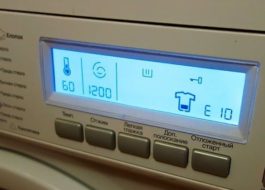
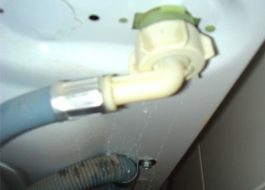
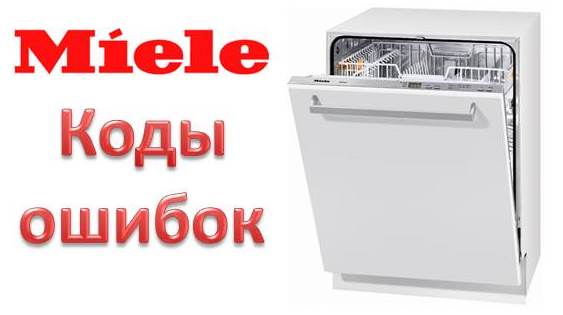










Add a comment